Goggles | Alpine Skiing
.
- - 29 %
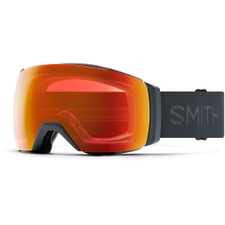 SmithI/O MAG XL Ski-/Snowboard Goggles Slate / Everyday Red Mirror / Storm Blue Sensor MirrorMSRP 259,95 €184,95 €One size
SmithI/O MAG XL Ski-/Snowboard Goggles Slate / Everyday Red Mirror / Storm Blue Sensor MirrorMSRP 259,95 €184,95 €One size - - 15 %
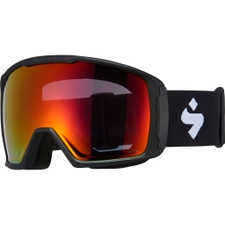 Sweet ProtectionClockwork RIG Reflect Ski-/Snowboard Goggles Topaz / Matte Black / BlackMSRP 198,95 €169,10 €One size
Sweet ProtectionClockwork RIG Reflect Ski-/Snowboard Goggles Topaz / Matte Black / BlackMSRP 198,95 €169,10 €One size - - 31 %
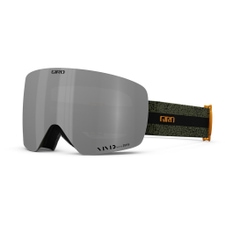 GiroContour Ski-/Snowboard Goggles Trail Green Expedition / Vivid Onyx / Vivid InfraredMSRP 259,95 €179,95 €One size
GiroContour Ski-/Snowboard Goggles Trail Green Expedition / Vivid Onyx / Vivid InfraredMSRP 259,95 €179,95 €One size - - 31 %
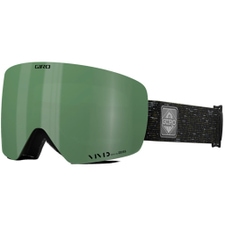 GiroContour RS Ski-/Snowboard Goggles Trail Green Wilder / Vivid Envy / Vivid InfraredMSRP 259,95 €179,95 €One size
GiroContour RS Ski-/Snowboard Goggles Trail Green Wilder / Vivid Envy / Vivid InfraredMSRP 259,95 €179,95 €One size - - 20 %
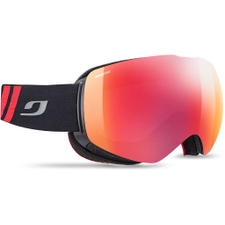 JulboShadow Reactiv 2-3 Glare Control Ski-/Snowboard Goggles BlackMSRP 229,90 €184,95 €One size
JulboShadow Reactiv 2-3 Glare Control Ski-/Snowboard Goggles BlackMSRP 229,90 €184,95 €One size - - 29 %
 SmithI/O MAG S Ski-/Snowboard Goggles Black / Chromapop Sun Platinum Mirror / Chromapop Storm Blue Sensor MirrorMSRP 259,95 €184,95 €One size
SmithI/O MAG S Ski-/Snowboard Goggles Black / Chromapop Sun Platinum Mirror / Chromapop Storm Blue Sensor MirrorMSRP 259,95 €184,95 €One size - - 35 %
 SmithI/O MAG Ski-/Snowboard Goggles Vintage Camo / Chromapop Sun Black / Chromapop Storm Rose FlashMSRP 259,95 €169,95 €One size
SmithI/O MAG Ski-/Snowboard Goggles Vintage Camo / Chromapop Sun Black / Chromapop Storm Rose FlashMSRP 259,95 €169,95 €One size - - 31 %
 GiroContour RS Ski-/Snowboard Goggles Harbor Blue Sequence / Vivid Haze / Vivid InfraredMSRP 259,95 €179,95 €One size
GiroContour RS Ski-/Snowboard Goggles Harbor Blue Sequence / Vivid Haze / Vivid InfraredMSRP 259,95 €179,95 €One size - - 21 %
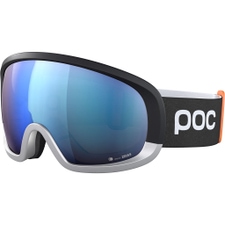 POCFovea Mid Race Ski-/Snowboard Goggles Uranium Black / Argentite Silver / Partly Sunny BlueMSRP 239,95 €189,95 €One size
POCFovea Mid Race Ski-/Snowboard Goggles Uranium Black / Argentite Silver / Partly Sunny BlueMSRP 239,95 €189,95 €One size - - 25 %
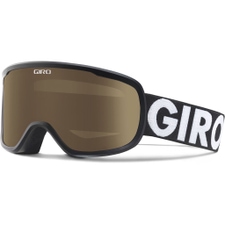 GiroBoreal Ski-/Snowboard Goggles Black FuturaMSRP 59,95 €44,95 €One size
GiroBoreal Ski-/Snowboard Goggles Black FuturaMSRP 59,95 €44,95 €One size - - 38 %
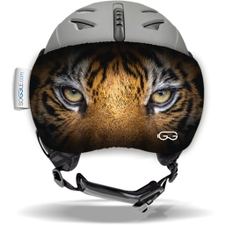 SoggleVizor Goggle Protection Eyes TigerMSRP 15,95 €9,95 €One size
SoggleVizor Goggle Protection Eyes TigerMSRP 15,95 €9,95 €One size - - 20 %
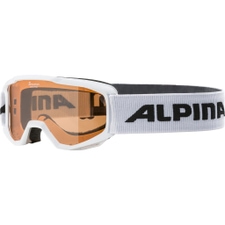 AlpinaPiney Ski-/Snowboard Goggles White / Orange KidsMSRP 24,95 €19,95 €One size
AlpinaPiney Ski-/Snowboard Goggles White / Orange KidsMSRP 24,95 €19,95 €One size - - 25 %
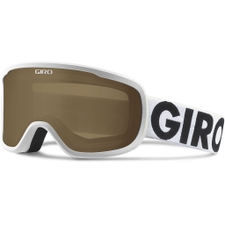 GiroBoreal Ski-/Snowboard Goggles White FuturaMSRP 59,95 €44,95 €One size
GiroBoreal Ski-/Snowboard Goggles White FuturaMSRP 59,95 €44,95 €One size - - 50 %
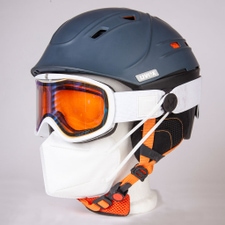 MaxeezMaskenhalter Ski-/Snowboard Goggles SchwarzMSRP 12,95 €6,49 €Available Sizes:L
MaxeezMaskenhalter Ski-/Snowboard Goggles SchwarzMSRP 12,95 €6,49 €Available Sizes:L - - 30 %
 POCFovea Clarity POW JJ Ski-/Snowboard Goggles Bismuth GreenMSRP 199,95 €139,95 €One size
POCFovea Clarity POW JJ Ski-/Snowboard Goggles Bismuth GreenMSRP 199,95 €139,95 €One size - - 20 %
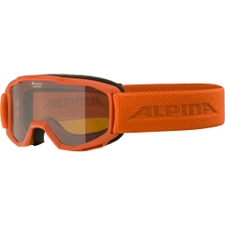 AlpinaPiney Ski-/Snowboard Goggles Pumpkin Matt / Orange KidsMSRP 24,95 €19,95 €One size
AlpinaPiney Ski-/Snowboard Goggles Pumpkin Matt / Orange KidsMSRP 24,95 €19,95 €One size - - 20 %
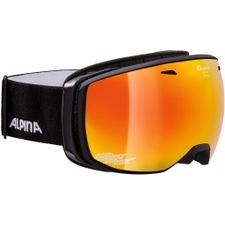 AlpinaEstetica MM Ski-/Snowboard Goggles Black Matt / Mirror RedMSRP 129,95 €103,95 €One size
AlpinaEstetica MM Ski-/Snowboard Goggles Black Matt / Mirror RedMSRP 129,95 €103,95 €One size - - 20 %
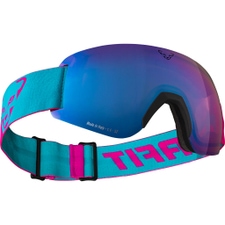 DynafitSpeed Ski-/Snowboard Goggles Pink Glo / SilvrettaMSRP 119,95 €95,95 €One size
DynafitSpeed Ski-/Snowboard Goggles Pink Glo / SilvrettaMSRP 119,95 €95,95 €One size - - 30 %
 POCFovea Mid Clarity Ski-/Snowboard Goggles Uranium Black / Clarity Define No MirrorMSRP 199,90 €139,95 €One size
POCFovea Mid Clarity Ski-/Snowboard Goggles Uranium Black / Clarity Define No MirrorMSRP 199,90 €139,95 €One size - - 20 %
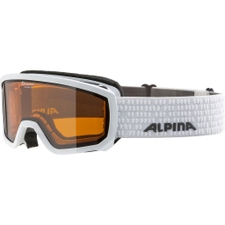 AlpinaScarabeo Ski-/Snowboard Goggles White Matt / Orange KidsMSRP 29,95 €23,95 €One size
AlpinaScarabeo Ski-/Snowboard Goggles White Matt / Orange KidsMSRP 29,95 €23,95 €One size - - 30 %
 AlpinaSlope Q-Lite Ski-/Snowboard Goggles Black / Dirtblue MattMSRP 99,95 €69,95 €One size
AlpinaSlope Q-Lite Ski-/Snowboard Goggles Black / Dirtblue MattMSRP 99,95 €69,95 €One size - - 30 %
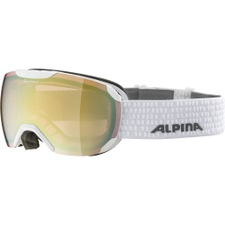 AlpinaPheos S QV 2-3 Ski-/Snowboard Goggles White / LightgoldMSRP 199,95 €139,95 €One size
AlpinaPheos S QV 2-3 Ski-/Snowboard Goggles White / LightgoldMSRP 199,95 €139,95 €One size - - 15 %
 OakleyTarget Line M Ski-/Snowboard Goggles Matte Black / Violet IridiumMSRP 114,95 €97,70 €One size
OakleyTarget Line M Ski-/Snowboard Goggles Matte Black / Violet IridiumMSRP 114,95 €97,70 €One size - - 20 %
 ScottSphere OTG LS Ski-/Snowboard Goggles Mineral BlackMSRP 139,95 €111,95 €One size
ScottSphere OTG LS Ski-/Snowboard Goggles Mineral BlackMSRP 139,95 €111,95 €One size - - 30 %
 POCFovea Mid Clarity Ski-/Snowboard Goggles Pegasi Grey / Clarity Define No MirrorMSRP 199,90 €139,95 €One size
POCFovea Mid Clarity Ski-/Snowboard Goggles Pegasi Grey / Clarity Define No MirrorMSRP 199,90 €139,95 €One size - - 29 %
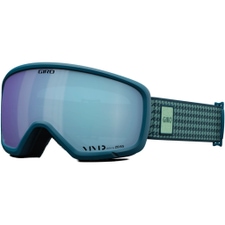 GiroMillie™ Ski-/Snowboard Goggles Ano Harbor Blue Lux / Vivid Royal WomenMSRP 119,95 €84,95 €One size
GiroMillie™ Ski-/Snowboard Goggles Ano Harbor Blue Lux / Vivid Royal WomenMSRP 119,95 €84,95 €One size - - 31 %
 AlpinaNendaz Q Ski-/Snowboard Goggles Black Matt / GoldMSRP 159,95 €109,95 €One size
AlpinaNendaz Q Ski-/Snowboard Goggles Black Matt / GoldMSRP 159,95 €109,95 €One size - - 32 %
 JulboMoonlight Spectron 3 Ski-/Snowboard Goggles Black / GreyMSRP 109,90 €74,95 €One size
JulboMoonlight Spectron 3 Ski-/Snowboard Goggles Black / GreyMSRP 109,90 €74,95 €One size - - 29 %
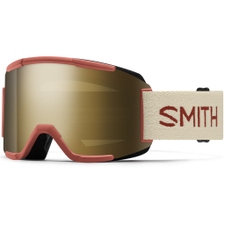 SmithSquad Ski-/Snowboard Goggles Terra Slash / Chromapop Sun Black Gold MirrorMSRP 119,95 €84,95 €One size
SmithSquad Ski-/Snowboard Goggles Terra Slash / Chromapop Sun Black Gold MirrorMSRP 119,95 €84,95 €One size - - 29 %
 SmithSquad Ski-/Snowboard Goggles High Fives / Chromapop Sun Platinum MirrorMSRP 119,95 €84,95 €One size
SmithSquad Ski-/Snowboard Goggles High Fives / Chromapop Sun Platinum MirrorMSRP 119,95 €84,95 €One size - - 30 %
 POCFovea Clarity Ski-/Snowboard Goggles Hydrogen White / Clarity Define No MirrorMSRP 199,90 €139,95 €One size
POCFovea Clarity Ski-/Snowboard Goggles Hydrogen White / Clarity Define No MirrorMSRP 199,90 €139,95 €One size - - 50 %
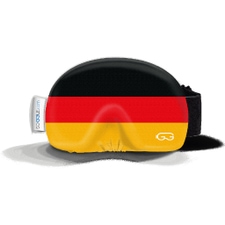 SoggleNative Deutschland Goggle ProtectionMSRP 12,90 €6,50 €One size
SoggleNative Deutschland Goggle ProtectionMSRP 12,90 €6,50 €One size - - 33 %
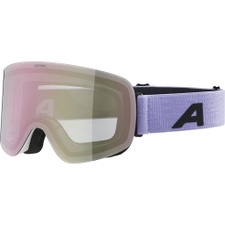 AlpinaPenken Ski-/Snowboard Goggles White / Lilac MattMSRP 89,95 €59,95 €One size
AlpinaPenken Ski-/Snowboard Goggles White / Lilac MattMSRP 89,95 €59,95 €One size - - 33 %
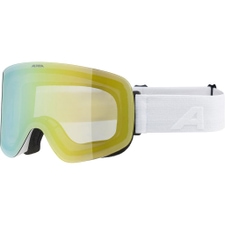 AlpinaPenken Ski-/Snowboard Goggles White MattMSRP 89,95 €59,95 €One size
AlpinaPenken Ski-/Snowboard Goggles White MattMSRP 89,95 €59,95 €One size - - 20 %
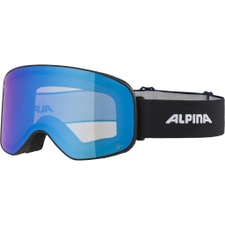 AlpinaSlope Q-Lite Ski-/Snowboard Goggles Black Matt / BlueMSRP 99,95 €79,95 €One size
AlpinaSlope Q-Lite Ski-/Snowboard Goggles Black Matt / BlueMSRP 99,95 €79,95 €One size - - 29 %
 SmithSquad Ski-/Snowboard Goggles Alpine Green / Sun Platinum MirrorMSRP 119,95 €84,95 €One size
SmithSquad Ski-/Snowboard Goggles Alpine Green / Sun Platinum MirrorMSRP 119,95 €84,95 €One size - - 27 %
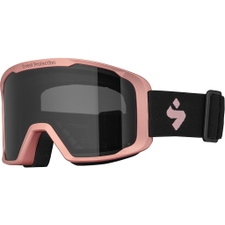 Sweet ProtectionRipley Junior Ski-/Snowboard Goggles Obsidian Black / Rose Gold / Black Rose KidsMSRP 88,95 €64,95 €One size
Sweet ProtectionRipley Junior Ski-/Snowboard Goggles Obsidian Black / Rose Gold / Black Rose KidsMSRP 88,95 €64,95 €One size - - 30 %
 SmithDaredevil Ski-/Snowboard Goggles Habanero Alphabet Soup KidsMSRP 49,95 €34,95 €One size
SmithDaredevil Ski-/Snowboard Goggles Habanero Alphabet Soup KidsMSRP 49,95 €34,95 €One size - - 31 %
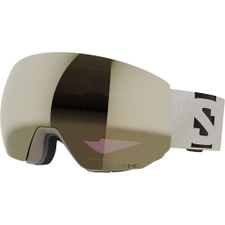 SalomonRadium Pro Sigma Ski-/Snowboard Goggles Rainy DayMSRP 179,95 €124,95 €One size
SalomonRadium Pro Sigma Ski-/Snowboard Goggles Rainy DayMSRP 179,95 €124,95 €One size - - 15 %
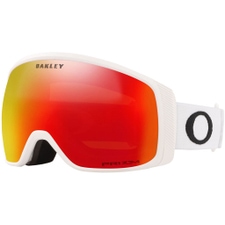 OakleyFlight Tracker M Ski-/Snowboard Goggles Matte White / Prizm Snow Torch IridiumMSRP 174,95 €148,70 €One size
OakleyFlight Tracker M Ski-/Snowboard Goggles Matte White / Prizm Snow Torch IridiumMSRP 174,95 €148,70 €One size - - 19 %
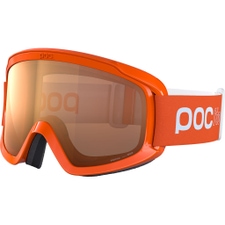 POCPocito Opsin Ski-/Snowboard Goggles Fluorescent Orange KidsMSRP 79,95 €64,95 €One size
POCPocito Opsin Ski-/Snowboard Goggles Fluorescent Orange KidsMSRP 79,95 €64,95 €One size - - 20 %
 ScottSphere OTG LS Ski-/Snowboard Goggles Rust RedMSRP 139,95 €111,95 €One size
ScottSphere OTG LS Ski-/Snowboard Goggles Rust RedMSRP 139,95 €111,95 €One size - - 31 %
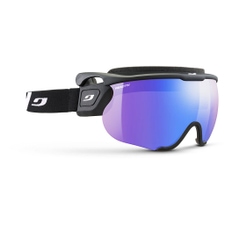 JulboSniper Evo L Reactiv 1-3 High Contrast Sunglasses BlackMSRP 144,95 €99,95 €One size
JulboSniper Evo L Reactiv 1-3 High Contrast Sunglasses BlackMSRP 144,95 €99,95 €One size - - 20 %
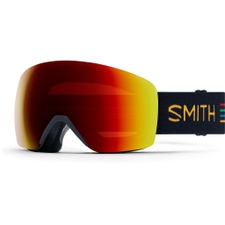 SmithSkyline Ski-/Snowboard Goggles Midnight Slash / Sun Red MirrorMSRP 179,95 €143,95 €One size
SmithSkyline Ski-/Snowboard Goggles Midnight Slash / Sun Red MirrorMSRP 179,95 €143,95 €One size - - 32 %
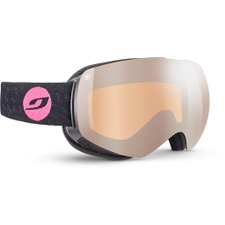 JulboMoonlight Ski-/Snowboard Goggles SchwarzMSRP 109,90 €74,95 €One size
JulboMoonlight Ski-/Snowboard Goggles SchwarzMSRP 109,90 €74,95 €One size - - 20 %
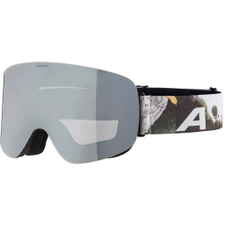 AlpinaPenken Ski-/Snowboard Goggles Cina Black MattMSRP 89,95 €71,95 €One size
AlpinaPenken Ski-/Snowboard Goggles Cina Black MattMSRP 89,95 €71,95 €One size - - 40 %
 GiroInsight Ski-/Snowboard Goggles White WordmarkMSRP 49,95 €29,95 €One size
GiroInsight Ski-/Snowboard Goggles White WordmarkMSRP 49,95 €29,95 €One size - - 31 %
 JulboMoonlight Spectron 3 Glare Control Ski-/Snowboard Goggles Schwarz / RotMSRP 129,90 €89,95 €One size
JulboMoonlight Spectron 3 Glare Control Ski-/Snowboard Goggles Schwarz / RotMSRP 129,90 €89,95 €One size - - 30 %
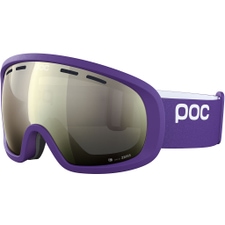 POCFovea Mid Clarity Ski-/Snowboard Goggles Sapphire Purple / Clarity Define / Spektris IvoryMSRP 199,90 €139,95 €One size
POCFovea Mid Clarity Ski-/Snowboard Goggles Sapphire Purple / Clarity Define / Spektris IvoryMSRP 199,90 €139,95 €One size - - 29 %
 GiroArticle II Ski-/Snowboard Goggles Camp Tan Cassette / Vivid Copper / Vivid InfraredMSRP 189,95 €134,95 €One size
GiroArticle II Ski-/Snowboard Goggles Camp Tan Cassette / Vivid Copper / Vivid InfraredMSRP 189,95 €134,95 €One size - - 20 %
 AlpinaPheos Q-Lite Ski-/Snowboard Goggles Black / Yellow / Orange KidsMSRP 49,95 €39,95 €One size
AlpinaPheos Q-Lite Ski-/Snowboard Goggles Black / Yellow / Orange KidsMSRP 49,95 €39,95 €One size - - 38 %
 GiroMethod Ski-/Snowboard Goggles Black & White Animal / Vivid Emerald / Vivid InfraredMSRP 159,95 €99,95 €One size
GiroMethod Ski-/Snowboard Goggles Black & White Animal / Vivid Emerald / Vivid InfraredMSRP 159,95 €99,95 €One size - - 29 %
 SmithSquad S Ski-/Snowboard Goggles White Vapor / Chromapop Everyday Rose Gold Mirror / ClearMSRP 119,95 €84,95 €One size
SmithSquad S Ski-/Snowboard Goggles White Vapor / Chromapop Everyday Rose Gold Mirror / ClearMSRP 119,95 €84,95 €One size - - 31 %
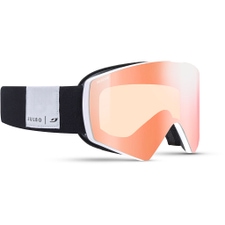 JulboSharp Ski-/Snowboard Goggles Weiss / SchwarzMSRP 179,90 €124,95 €One size
JulboSharp Ski-/Snowboard Goggles Weiss / SchwarzMSRP 179,90 €124,95 €One size - - 25 %
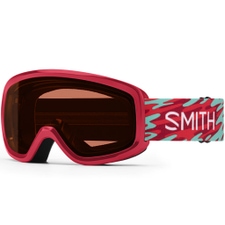 SmithSnowday Ski-/Snowboard Goggles Crimson Swirled / Rose Copper KidsMSRP 39,95 €29,95 €One size
SmithSnowday Ski-/Snowboard Goggles Crimson Swirled / Rose Copper KidsMSRP 39,95 €29,95 €One size - - 20 %
 AlpinaPiney Ski-/Snowboard Goggles Black / Rose Matt KidsMSRP 24,95 €19,95 €One size
AlpinaPiney Ski-/Snowboard Goggles Black / Rose Matt KidsMSRP 24,95 €19,95 €One size - - 25 %
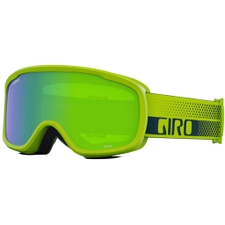 GiroRoam Ski-/Snowboard Goggles Ano Lime Flow / Loden Green / YellowMSRP 79,95 €59,95 €One size
GiroRoam Ski-/Snowboard Goggles Ano Lime Flow / Loden Green / YellowMSRP 79,95 €59,95 €One size - - 35 %
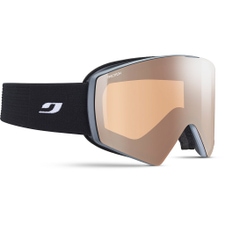 JulboSharp Spectron 2 Ski-/Snowboard Goggles Grau / SchwarzMSRP 154,90 €99,95 €One size
JulboSharp Spectron 2 Ski-/Snowboard Goggles Grau / SchwarzMSRP 154,90 €99,95 €One size - - 33 %
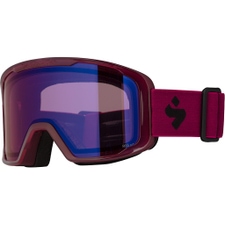 Sweet ProtectionRipley RIG Junior Ski-/Snowboard Goggles RIG Light Amethyst / Gloss Crystal Malaia KidsMSRP 89,95 €59,95 €One size
Sweet ProtectionRipley RIG Junior Ski-/Snowboard Goggles RIG Light Amethyst / Gloss Crystal Malaia KidsMSRP 89,95 €59,95 €One size - - 25 %
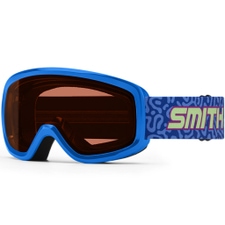 SmithSnowday Ski-/Snowboard Goggles Cobalt Archive / Rose Copper KidsMSRP 39,95 €29,95 €One size
SmithSnowday Ski-/Snowboard Goggles Cobalt Archive / Rose Copper KidsMSRP 39,95 €29,95 €One size - - 22 %
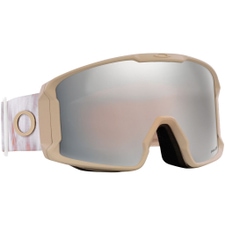 OakleyLine Miner L Ski-/Snowboard Goggles Jamie Anderson Signature SeriesMSRP 159,95 €124,95 €One size
OakleyLine Miner L Ski-/Snowboard Goggles Jamie Anderson Signature SeriesMSRP 159,95 €124,95 €One size - - 30 %
 GiroChico 2.0 Ski-/Snowboard Goggles Namuk Dove Grey KidsMSRP 49,95 €34,95 €One size
GiroChico 2.0 Ski-/Snowboard Goggles Namuk Dove Grey KidsMSRP 49,95 €34,95 €One size



Whether freeride, ski touring or alpine. The right ski goggles are essential for keeping a clear view in any weather and in any situation. They are not only a beautiful accessory, but also very helpful and indispensable for fun on the slopes.
THE RIGHT SKI GOGGLES - AN IMPORTANT COMPANION FOR EVERY SKIER
They protect your eyes from snow, wind and sunshine and are part of the basic equipment for every skier. The only thing you have to do is to choose between several different models. Cylindrical or spherical lenses, light transmission, interchangeable lenses, fit and design are some of the factors you should look for when buying the most suitable ski goggles for you. With us you will find a wide range of different goggles, so that in the end everyone gets his money's worth and can enjoy his ski trip to the maximum.
No matter where you are with your skis, the last thing you should worry about is poor visibility on the descent or ascent. Whether it's due to wind, snow or the sun, there are many things that can negatively affect your visibility on the mountain. With the right ski goggles, your eyes are protected against all weather conditions and you can fully concentrate on skiing.
PREPARED FOR ANY WEATHER
For those who don't know what the day will bring, ski goggles with interchangeable lenses are especially good. For example, if clouds suddenly appear on a sunny day, you can adjust your eyes to the new light conditions with an appropriate interchangeable lens - so you are prepared for all weather conditions.
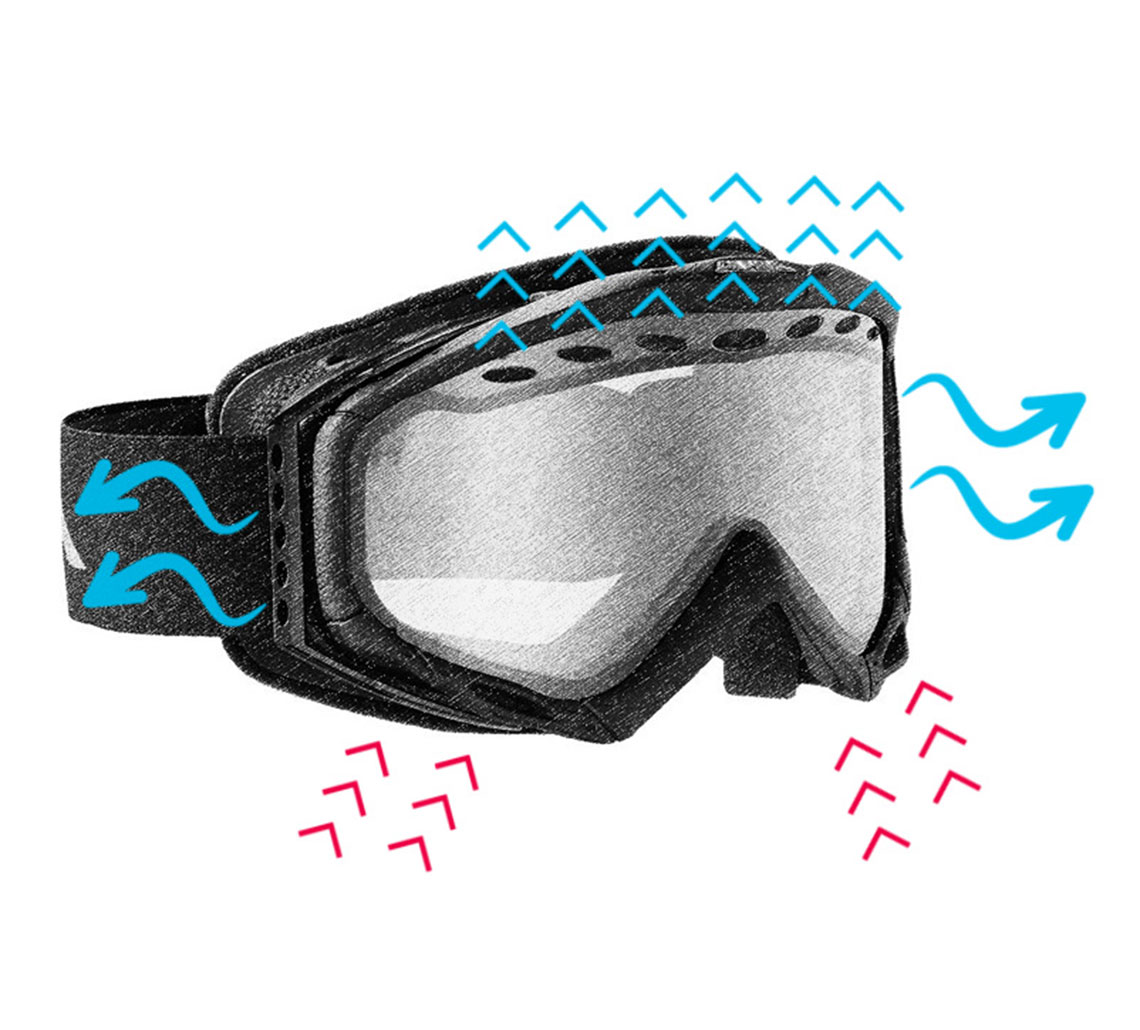
So that you waste as little time as possible, many manufacturers rely on sophisticated interchangeable systems. Depending on the model, you can choose between clip-, click- or magnetic systems. They allow you to change the disc in a flash to lose as little time as possible on the slopes. For those for whom this effort is too great and who can live with minimal compromises in visibility, there are of course also all-rounder goggles that provide a good view in any weather conditions. In addition, most goggles have a ventilation system so that the lenses do not fog up during the descent and your field of vision remains clear.
THE RIGHT LENSES
Another thing you should pay attention to when buying your ski goggles is the shape of the lenses. Goggles with cylindrical lenses can be recognized by the fact that they are only curved horizontally, but not vertically. These models are usually cheaper, but can also filter light a bit worse than goggles with spherical lenses. These, on the other hand, are curved both horizontally and vertically, which, in addition to a larger interior volume, also provides somewhat better ventilation and a more expansive field of vision.
The tint of the lenses also plays a crucial role, as it is decisive for the light transmission, which is often indicated with the VLT value. The VLT value here stands for the percentage of light passing through the lens. The lower this value, the less light can pass through the lens of the glasses. Such glasses are ideal especially on sunny days, because they prevent you from being blinded. If it is rather cloudy or foggy outside, a higher VLT value is recommended so that you can still see enough and it does not get too dark for you on your descent. Especially in heavy light conditions, good visibility is the key, as the risk of injury is increased here. Snow masses pushed together often result in dangerous hills, which you can see very badly or only very late, especially in fog.

Instead of the VLT value, you can also come across the so-called S value when buying ski goggles.
A distinction is made between the values S0 to S4. Here, 0 stands for low and 4 for high UV protection. Models equipped with Vario technology are suitable for a wider range of weather conditions and include several S values.
In addition, it makes sense when buying ski goggles to pay attention to whether the lenses have a so-called "antifog coating". These glasses have been subjected to a special surface treatment which should prevent fogging. If the lenses of your goggles have not been treated in this way, you have the option to apply an antifog spray afterwards and thus avoid possible, annoying fogging.

THE RIGHT GOGGLES FOR SPECTACLE WEARERS
If you normally wear prescription glasses, it is important to pay attention to the size when buying new ski goggles. The new goggles should fit comfortably and effortlessly over your prescription glasses. It is important that the goggles and helmet are compatible and that the ventilation openings of the ski goggles are not covered. In general, the ski goggles should have good ventilation openings so that the air can circulate well and fogging is avoided.
Otherwise, you always have the option to use a helmet with visor. This offers - especially for spectacle wearers - a lot of comfort.
Speaking of comfort: The wearing comfort must not be disregarded. The ski goggles should not cause any pressure points on your face. With most goggles, you can easily vary the width of the strap. In addition, the strap of some models is even equipped with a silicone gripper on the inside, which prevents slipping.
Ski goggles at Sport Conrad
Whether for children, women or men, we at Sport Conrad have a large selection of different brands such as POC, Smith or Sweet Protection. Here you will find ski goggles in a variety of colors and shapes. Just browse our store, or even better, stop by one of our stores. It's best to take your ski helmet with you so that you can find out on the spot whether the desired model also fits your helmet.